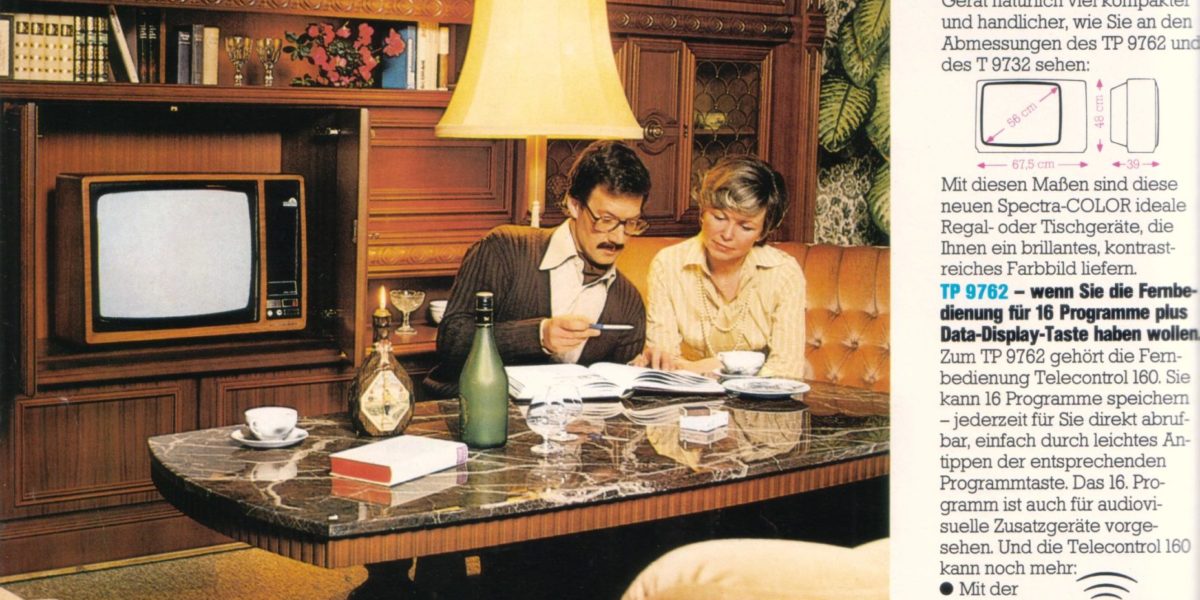Men, women and their appliances
Visiting time: ●●● Long (45 minutes)For decades now, our homes have been the stage for all manner of social transformations. Vacuum cleaners and washing machines eased the burden of housework, refrigerators, cookers and mixers changed the way we eat, and radio and television became new housemates. Especially from the 1960s onwards, this made our food more versatile and tasty, laundry cleaner while residents were better informed and entertained by new appliances.
Remarkably, these technical innovations often had little impact on the gender roles of men and women; men remained breadwinners, women took care of the children and the home. And the companies that cheaply produced the new devices in large numbers played into those stereotypes with their campaigns. However, the world slowly changed during the 1970s. On holidays and in the teenager’s room, all kinds of portable devices suddenly turned out to be not so obviously and one-sidedly linked to men or women. Instead, the playful and often colourful design of portable televisions and walkmans, for example, foreshadowed alternative roles for the sexes. Not only the household appliances themselves, but also their packaging and advertisements tell us everything about the social relationships of the time. And they make us think about the relations now.
In the exhibition Men, women and their appliances, Design Museum Den Bosch presents an overwhelming collection of more than 300 coffee makers, hair dryers, stereo towers, televisions and other small household appliances. The products come from three major collections that have never been exhibited before. The design of the exhibition highlights how appliances were sold and used. The exhibition design is made up of unusual, experimental elements made from waste: the residual streams of jeans, aluminium and olive pits, among others.

